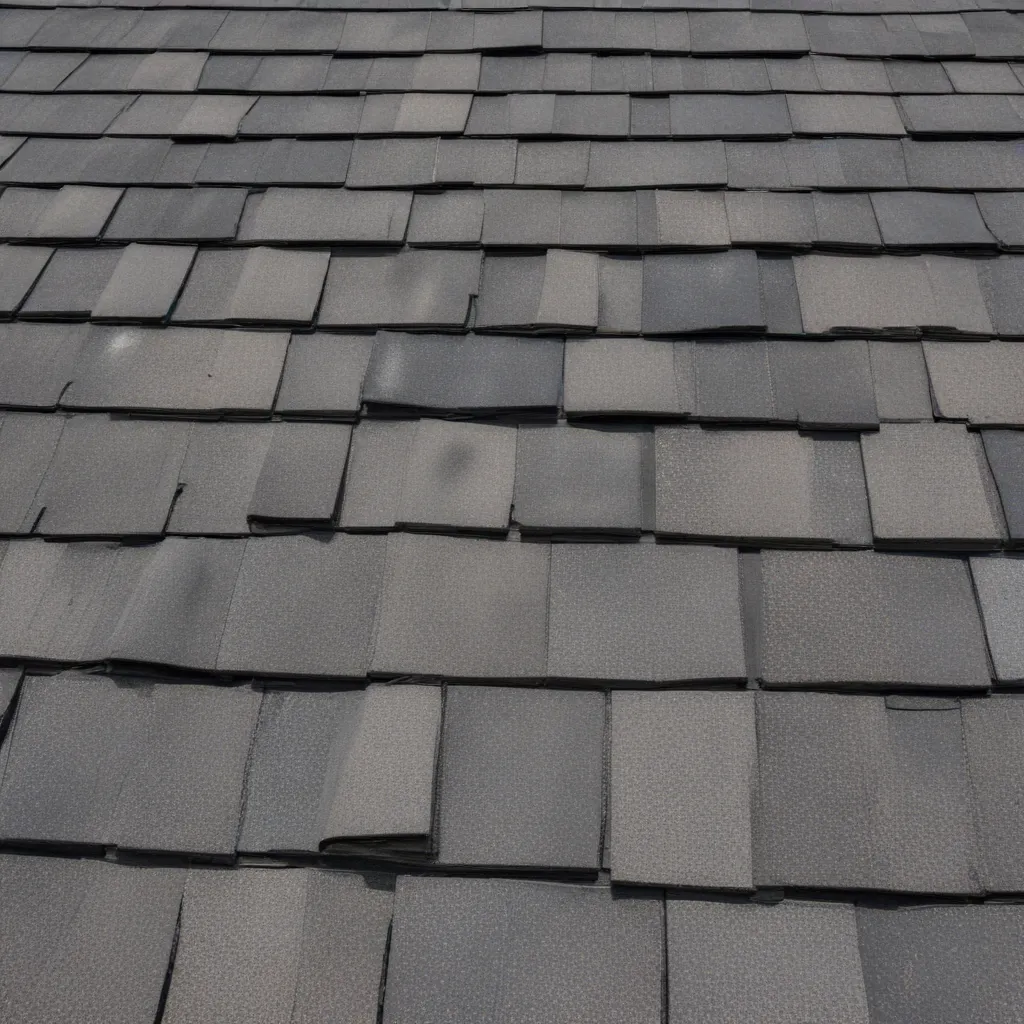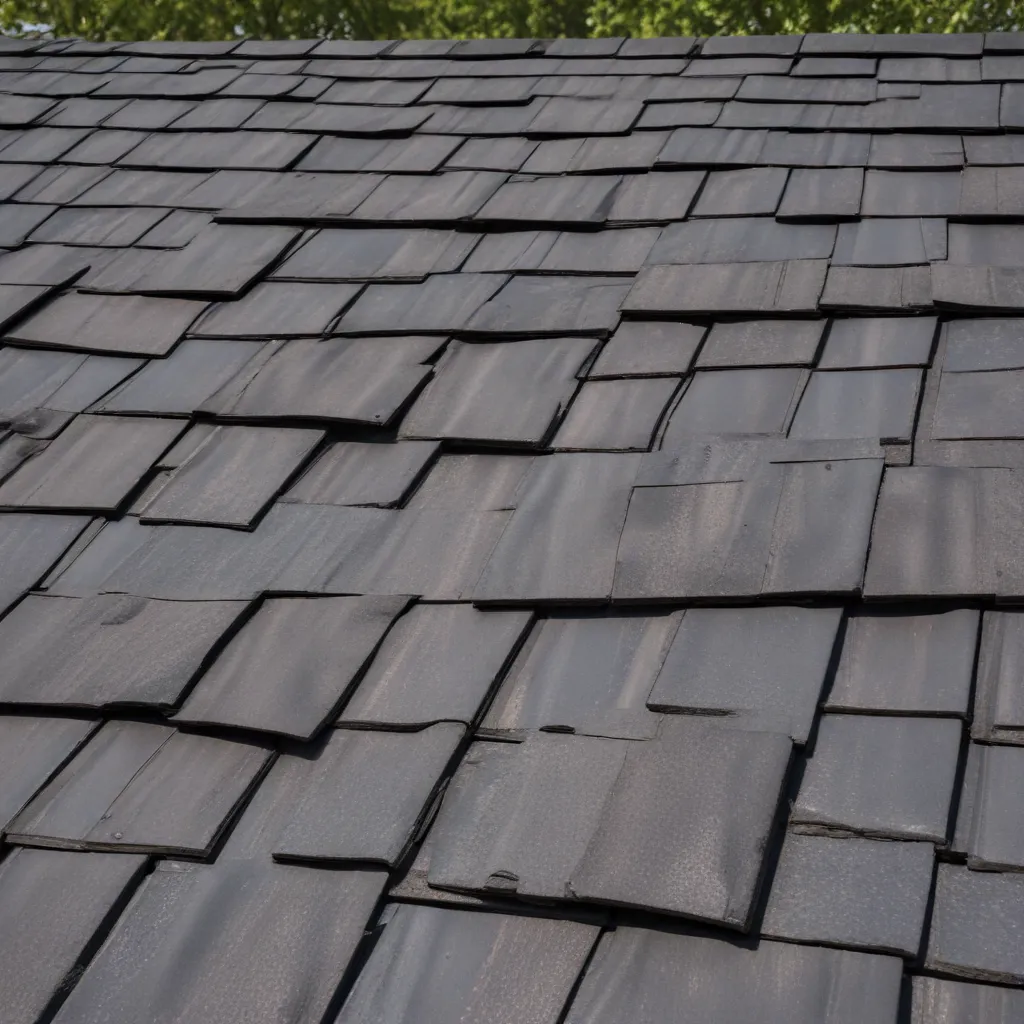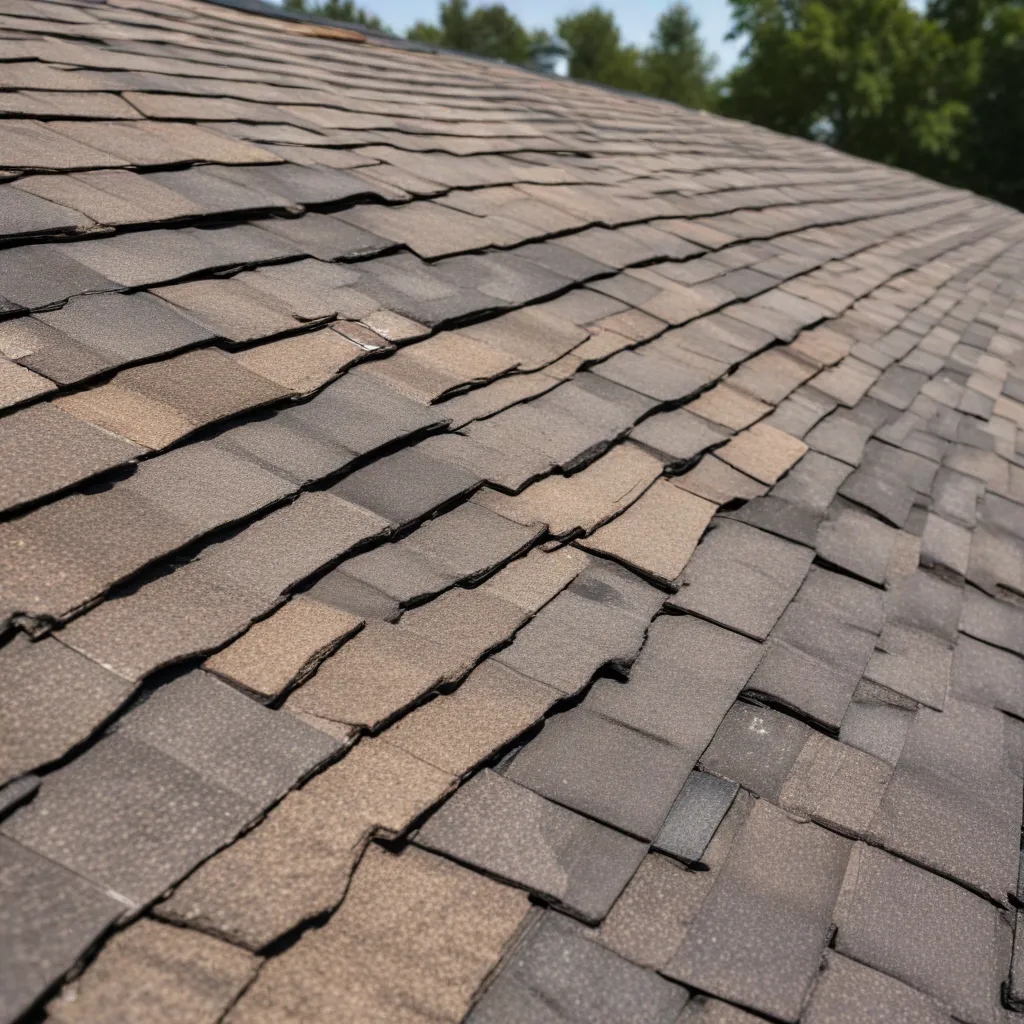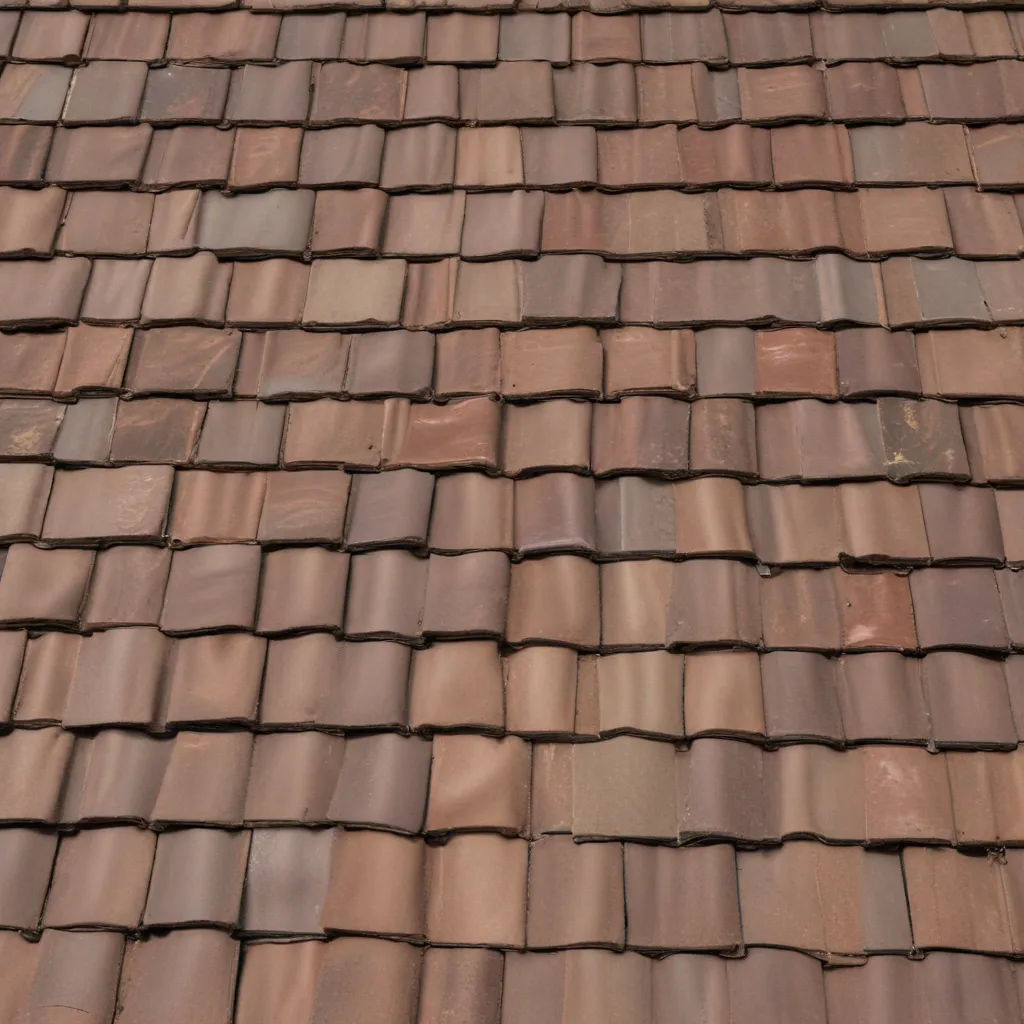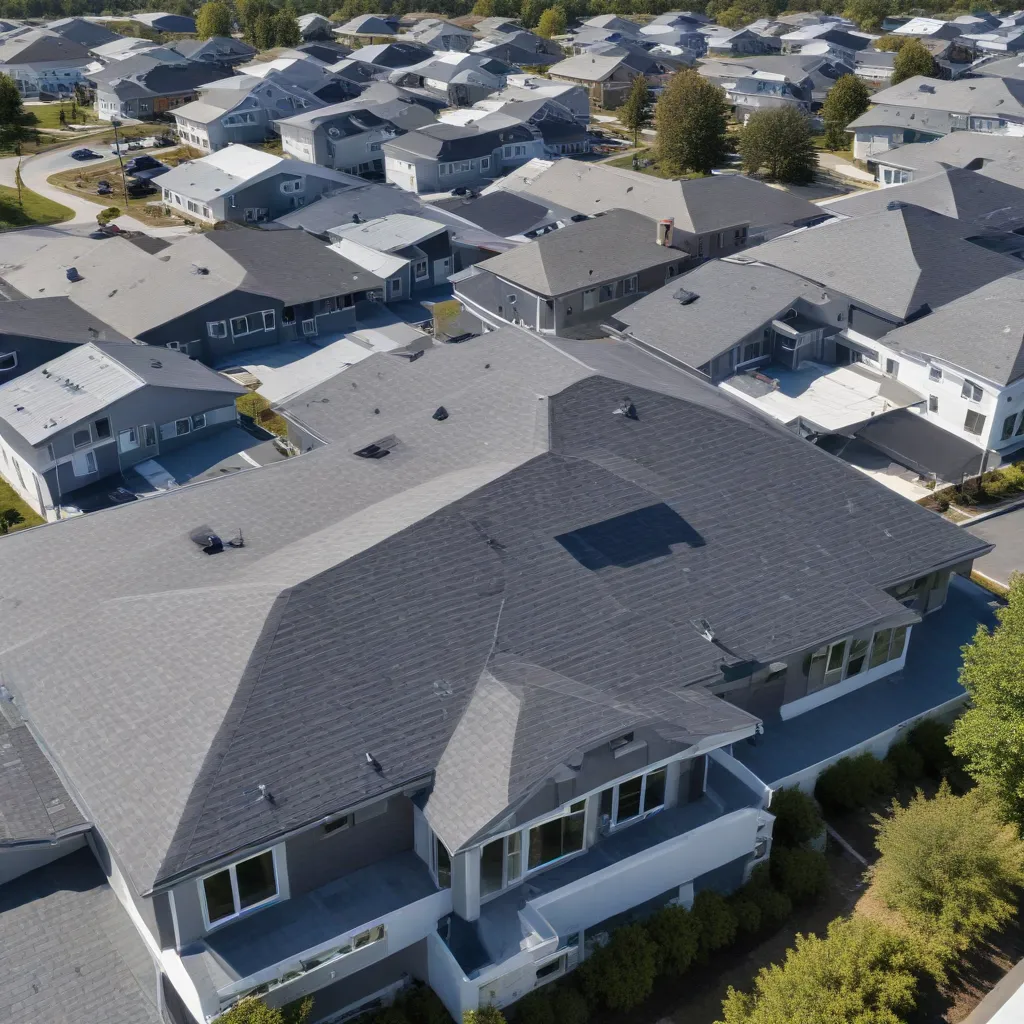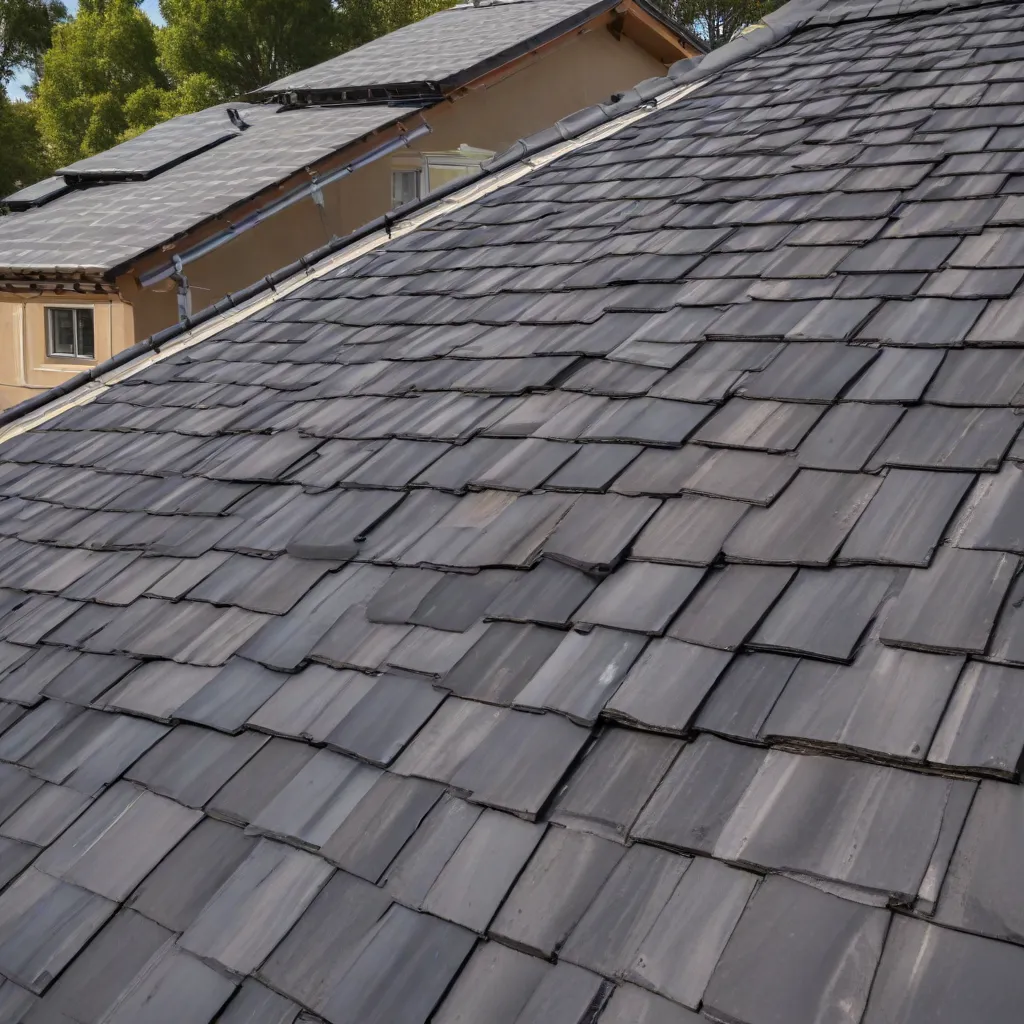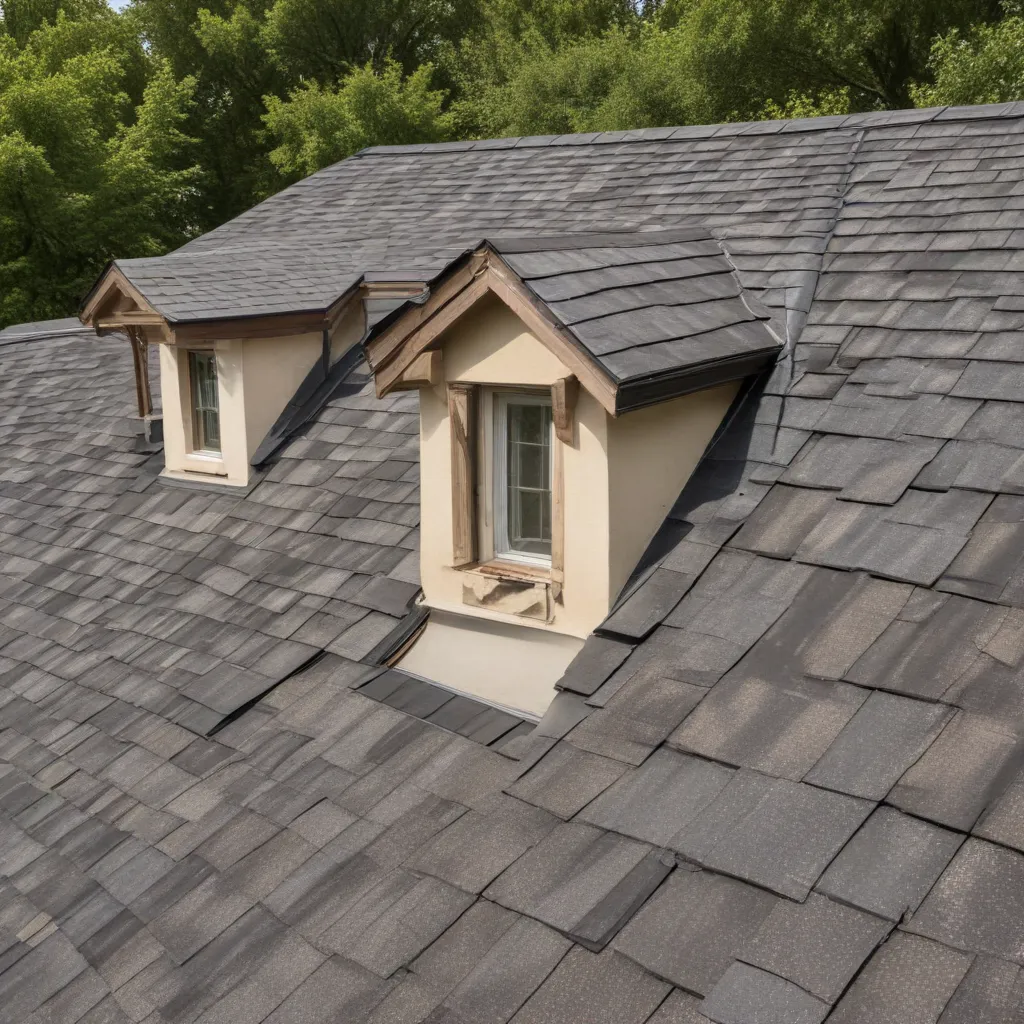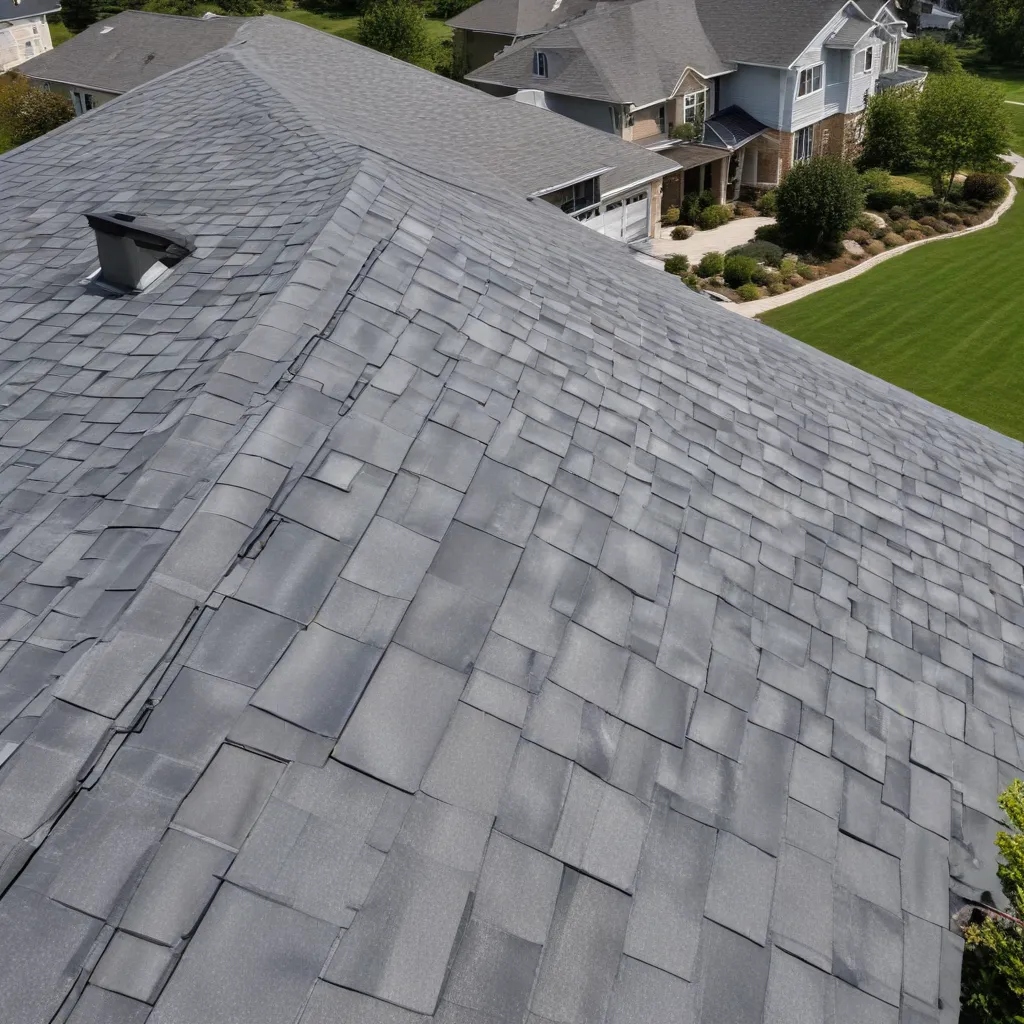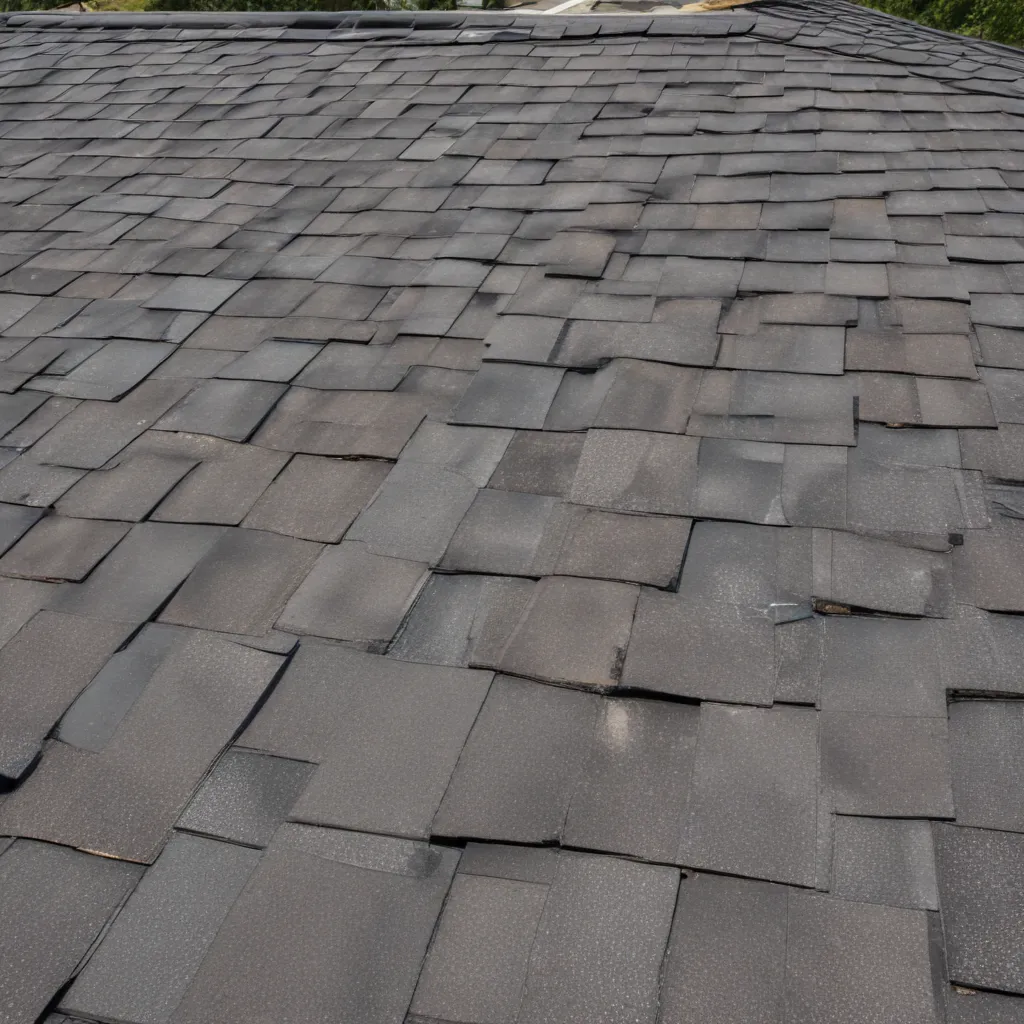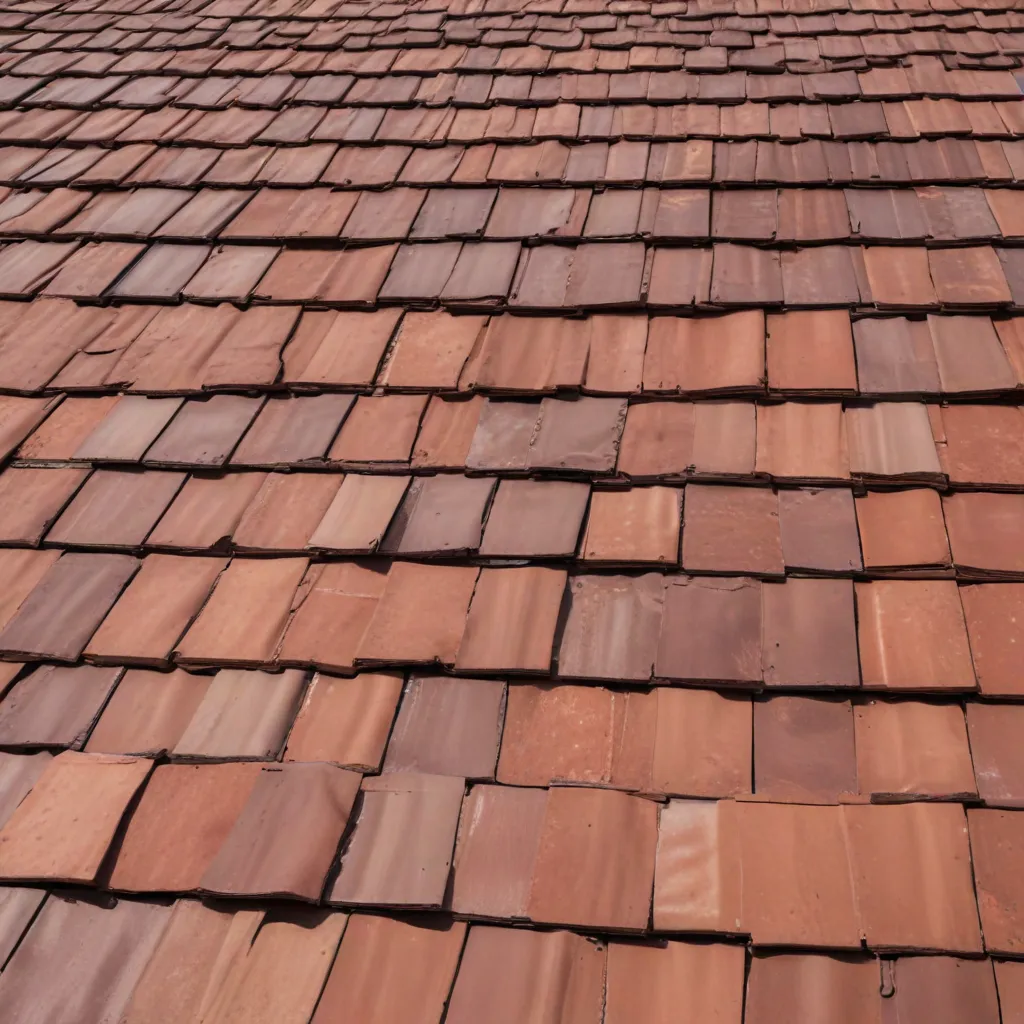In today’s world, where environmental concerns are becoming increasingly important, finding sustainable solutions for our energy needs is crucial. One such solution is solar integration, which allows homeowners to harness the power of the sun and transform their roofs into sustainable powerhouses. In this article, we will explore the various aspects of solar integration, discussing its benefits, installation process, maintenance requirements, and financial considerations. By the end of this article, you will have a comprehensive understanding of how to make your roof a sustainable powerhouse through solar integration.
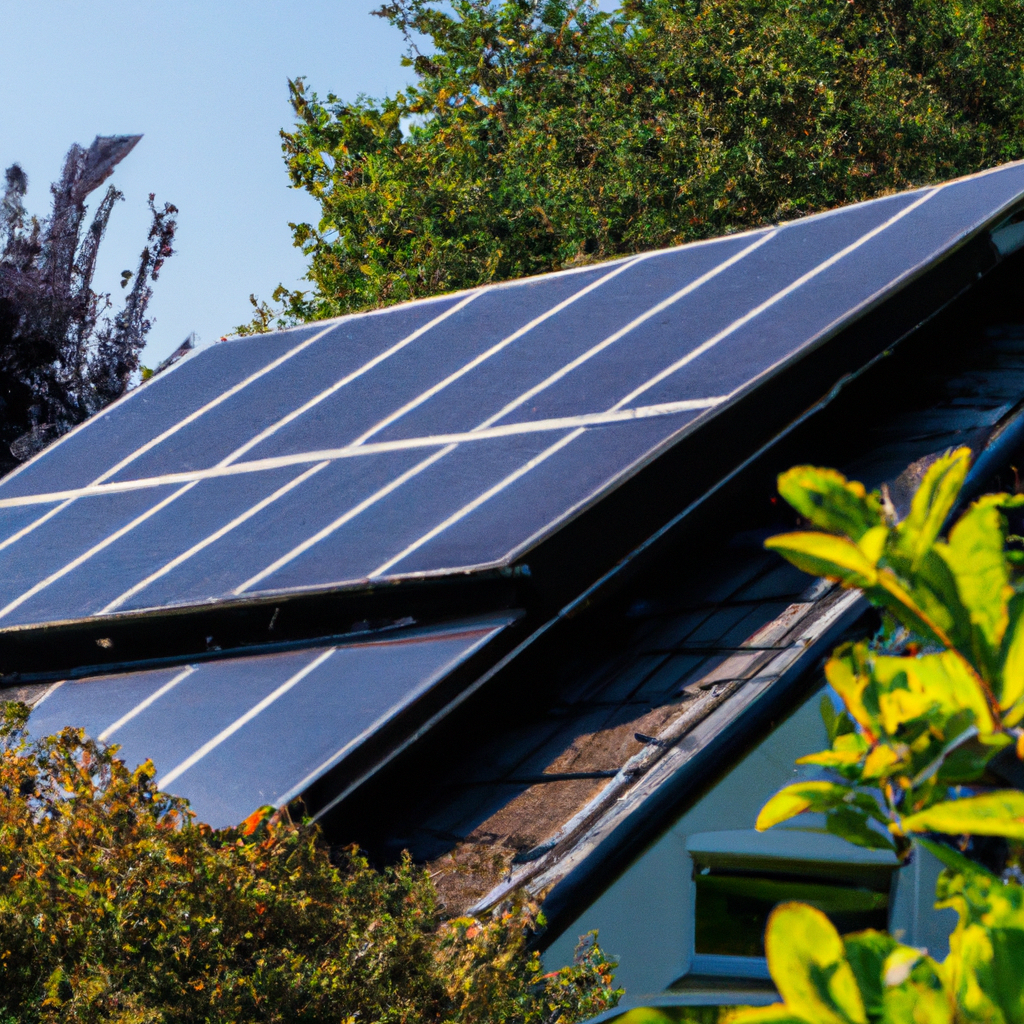
The Benefits of Solar Integration
Solar integration offers numerous benefits, both for the environment and for homeowners. By harnessing the power of the sun, you can significantly reduce your carbon footprint and contribute to the global efforts in combating climate change. Solar energy is clean, renewable, and does not produce harmful greenhouse gas emissions like traditional fossil fuels.
From a financial perspective, solar integration can lead to substantial savings on your energy bills. By generating your own electricity, you can reduce or even eliminate your reliance on the grid, which means lower monthly expenses. Additionally, many governments and utility companies offer incentives, such as tax credits and rebates, to encourage the adoption of solar energy systems.
The Solar Integration Process
To transform your roof into a sustainable powerhouse, you need to follow a systematic process for solar integration. Here is a step-by-step guide to help you through the installation process:
- Assessment: Begin by assessing the suitability of your roof for solar integration. Factors such as the orientation, slope, and shading of your roof will determine its solar potential. Consult with a professional solar installer to evaluate your roof’s viability.
- Design: Once the assessment is complete, the next step is to design your solar energy system. This involves determining the number of solar panels needed, their optimal placement, and the inverter and battery requirements. A professional installer will create a customized design that maximizes energy production.
- Permitting and Approval: Before installing your solar panels, you will need to obtain the necessary permits and approvals from local authorities. Your solar installer will handle this process, ensuring compliance with all regulations and building codes.
- Installation: With the permits in place, the installation process can begin. The solar panels will be mounted on your roof, and the wiring and electrical connections will be carefully installed. This is a critical step, and it is recommended to hire an experienced installer to ensure the highest quality installation.
- Connection to the Grid: Once the solar panels are installed, they need to be connected to the electrical grid. This allows you to export any excess electricity generated back to the grid, earning credits or compensation for your contribution.
- Monitoring and Maintenance: After the installation is complete, it is essential to regularly monitor and maintain your solar energy system. This includes cleaning the panels, checking for any damage or malfunctions, and ensuring optimal performance. Most solar systems come with monitoring tools that allow you to track your energy production and consumption.
Financial Considerations
While the benefits of solar integration are undeniable, it is essential to consider the financial aspects before making the investment. The cost of a solar energy system can vary depending on the size, quality of components, and complexity of the installation. However, it is important to note that solar panel prices have significantly decreased over the years, making them more affordable and accessible.
To determine the financial viability of solar integration, consider the following factors:
- Return on Investment (ROI): Calculate the payback period for your solar energy system by comparing the upfront costs with the savings on your energy bills. In most cases, solar installations pay for themselves within a few years, and the savings continue for the lifetime of the system.
- Incentives and Financing Options: Research the available incentives and financing options in your area. Governments often provide tax credits, grants, or low-interest loans to encourage the adoption of solar energy. Additionally, some solar companies offer leasing or power purchase agreements, allowing you to install solar panels with little or no upfront cost.
- Energy Consumption: Analyze your energy consumption patterns to determine how much electricity you can offset with solar power. The higher your energy usage, the greater the potential savings.
Conclusion
In conclusion, solar integration offers a sustainable and cost-effective solution to power your home while reducing your carbon footprint. By following the step-by-step process of assessment, design, permitting, installation, and maintenance, you can transform your roof into a sustainable powerhouse. Consider the financial aspects, including return on investment and available incentives, to make an informed decision. Embracing solar integration is not only beneficial for the environment but also for your long-term energy savings. Take the first step towards a greener future by making your roof a sustainable powerhouse through solar integration.




